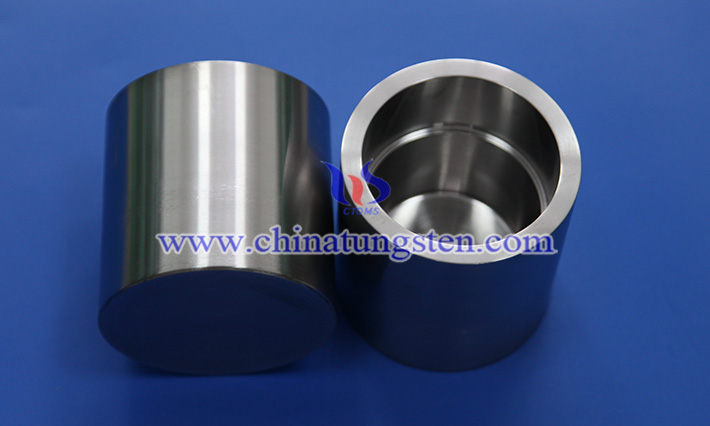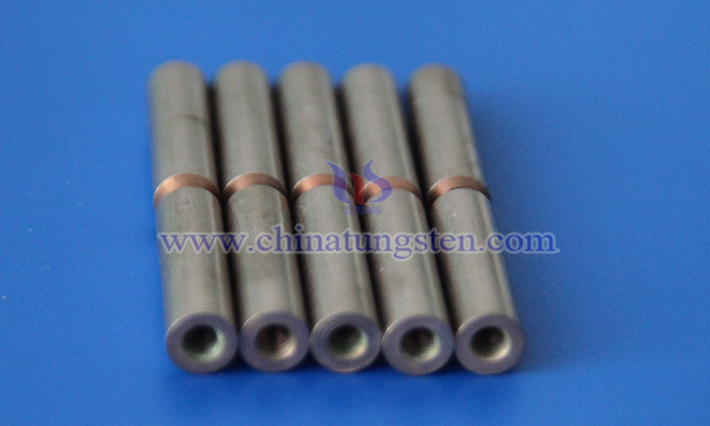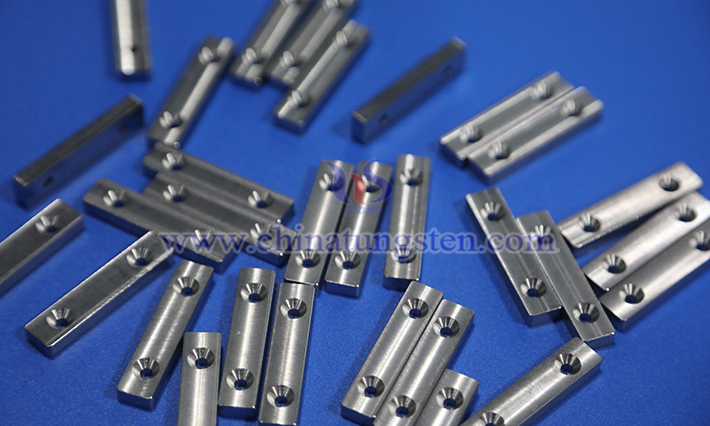Failure Analysis of Tungsten Crucible in High-Temperature Experiments
- Details
- Category: Tungsten Information
- Published on Monday, 30 June 2025 11:01
- Written by Shuxia
- Hits: 185

Due to its extremely high melting point, excellent high-temperature mechanical properties and good chemical stability, tungsten crucible is widely used in high-temperature experiments in aerospace, metallurgy, materials science and other fields, especially in crystal growth, metal smelting and rare element extraction, etc., which plays a key role. However, in the actual use process, tungsten crucibles are not "indestructible", and will still fail in different forms due to a variety of complex factors.
Read more: Failure Analysis of Tungsten Crucible in High-Temperature Experiments
What Are the Surface Treatment Technologies of Tungsten Crucibles?
- Details
- Category: Tungsten Information
- Published on Monday, 30 June 2025 10:58
- Written by Shuxia
- Hits: 158

As a metal with a high melting point, tungsten is widely used in high-temperature smelting, single crystal growth, vacuum evaporation and other industrial fields due to its excellent thermal stability, corrosion resistance and high strength.
Read more: What Are the Surface Treatment Technologies of Tungsten Crucibles?
Tungsten-Nickel-Copper Alloy
- Details
- Category: Tungsten Information
- Published on Friday, 27 June 2025 18:53
- Written by Xiaoting
- Hits: 211

In the vast field of materials science, tungsten-nickel-copper alloy (W-Ni-Cu) shines like a brilliant star, exuding unique charm. As a high-performance material with tungsten as the matrix and alloying elements such as nickel and copper, it is known as the "versatile player" in the industrial field, playing an indispensable role in many key industries. From the high-tech aerospace sector to the manufacturing of daily electronic devices, its presence is ubiquitous. Let us now delve into the wonderful world of tungsten-nickel-copper alloy, exploring its composition, unique properties, and extensive applications.
What Is the Wear Resistance of Tungsten Crucible?
- Details
- Category: Tungsten Information
- Published on Monday, 30 June 2025 10:51
- Written by Shuxia
- Hits: 171

Tungsten crucibles play an important role in high-temperature metallurgy, crystal growth, vacuum smelting and other fields, and have long been known for their excellent high temperature resistance and good chemical stability.
Read more: What Is the Wear Resistance of Tungsten Crucible?
Tungsten-Nickel-Iron Alloy
- Details
- Category: Tungsten Information
- Published on Friday, 27 June 2025 18:47
- Written by Xiaoting
- Hits: 216

Tungsten-nickel-iron alloy is an important tungsten-based high-density alloy. By definition, it is an alloy composed of adding nickel and iron to metallic tungsten, with the nickel-iron ratio typically maintained at 7:3 or 1:1. With excellent comprehensive properties, this type of alloy is widely applied and has become the main category of tungsten-based alloys with large usage at present.





 sales@chinatungsten.com
sales@chinatungsten.com